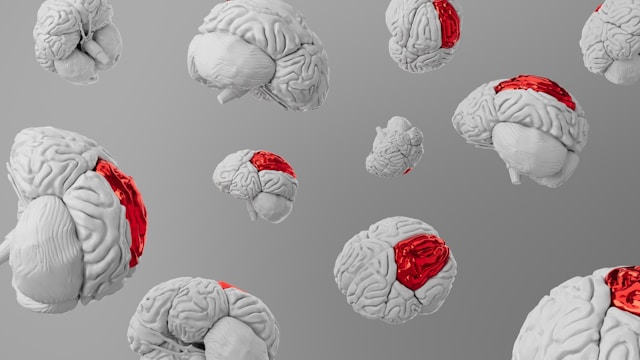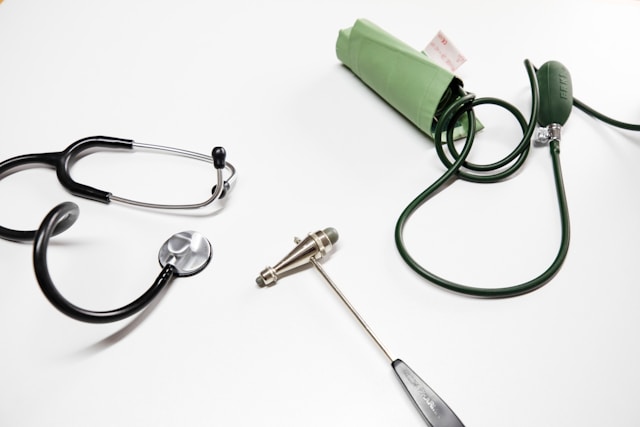Authors:
T.M. Ostroumova, O.D. Ostroumova
The importance of identifying and diagnosing signs of brain damage to arterial hypertension
Place of publication:
New therapeutic magazine "Non Nocera", November, 2020
Summary:
arterial hypertension (AH) is an important medical and social problem around the world. The disease is often called the "silent killer" (English Silent Killer, since most patients are quite difficult to suspect the earliest symptoms of the lesions of target organs mediated by AH. Moreover, in patients with systolic blood pressure (garden)> 130 mm RT. Art. In the middle age, the risk of dementia in old age increases by 34%. According to the current clinical recommendations, the manifestations of the brain damage to AH are considered to be the so-called dumb (asymptomatic) lacunar heart attacks, hyperinathery changes in the white substance of the brain and cerebral micro-power, which are detected by magnetic resonance tomography (MRI). The clinical manifestation of brain damage as a target organ is cognitive impairment (KN). The recommendations for the treatment of patients from AH 2018 emphasize that MRI is an enough examination method, which does not allow it to use it for routine screening. However, neuroizualization, that is, an MRI, is necessary for patients with clinical signs of cognitive disorders (KF). Consequently, a competent and timely detection of cognitive complaints, signs of KN and their correction in patients with AH is an extremely important task for a doctor of any specialty.
Actual
Actual
THE INFORMATION IS INTENDED FOR HEALTHCARE AND PHARMACEUTICAL PROFESSIONALS. THIS INFORMATION IS NOT INTENDED AS A SUBSTITUTE FOR MEDICAL ADVICE.
Source of photos and images Shutterstock.com








